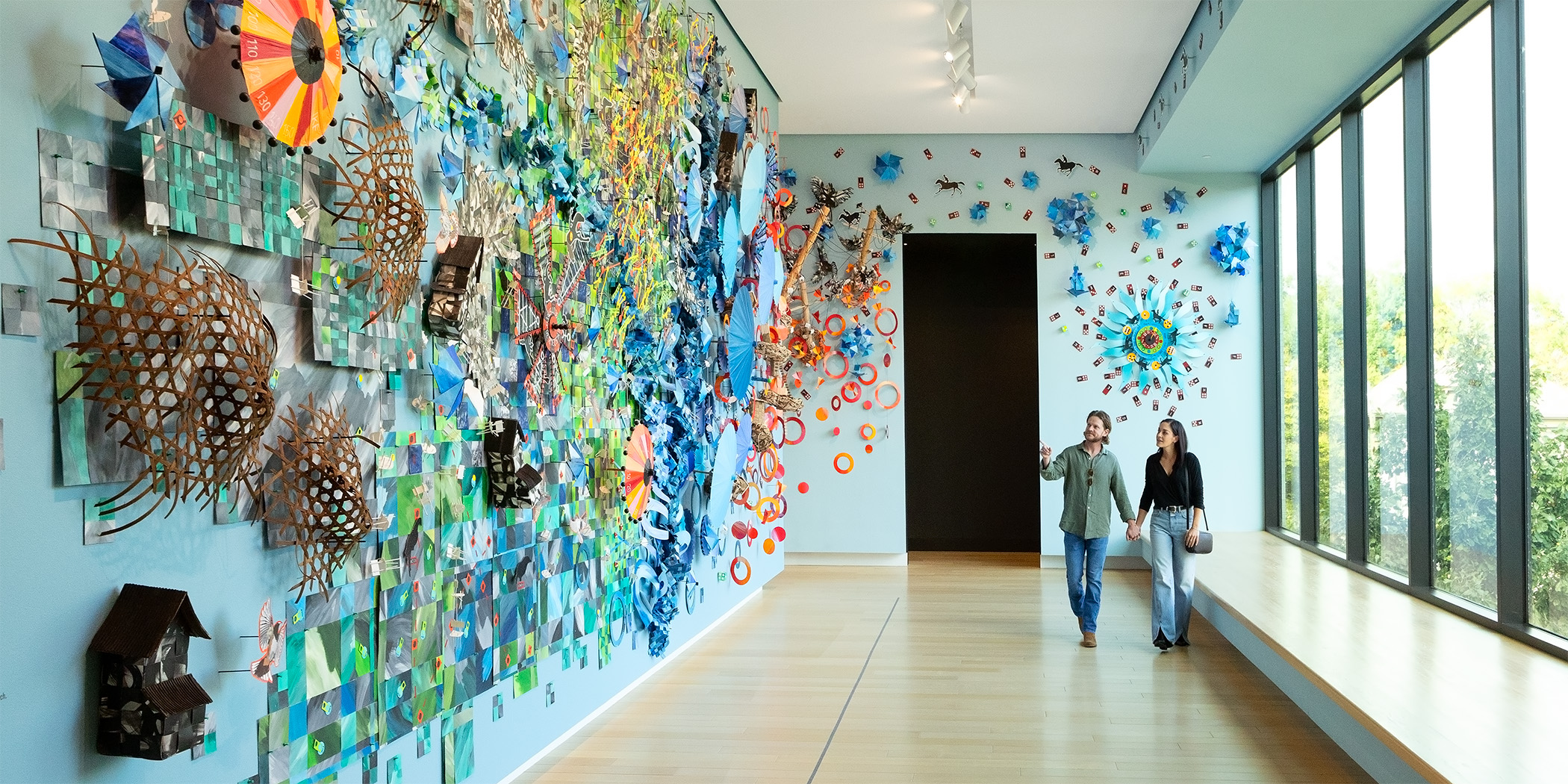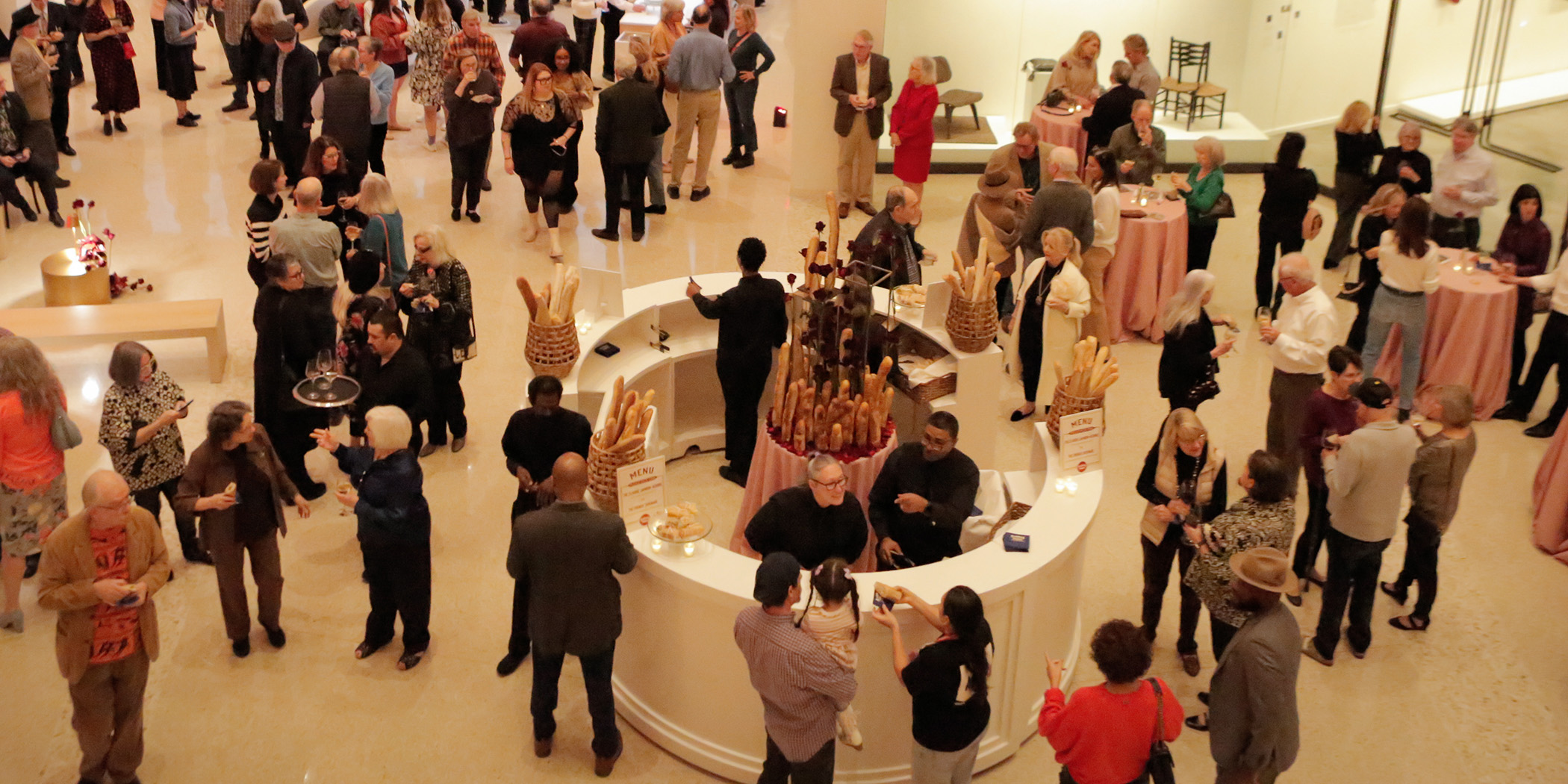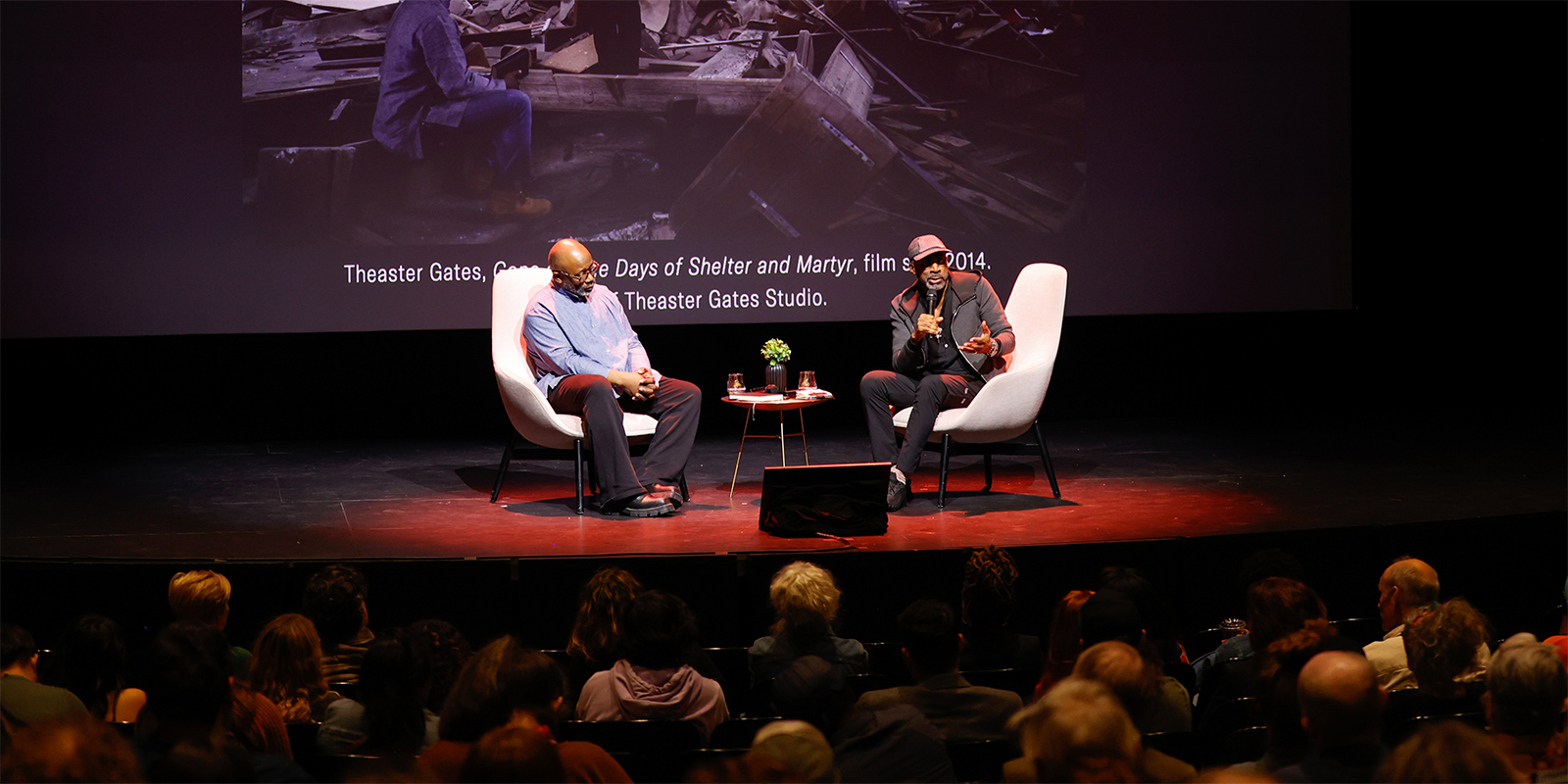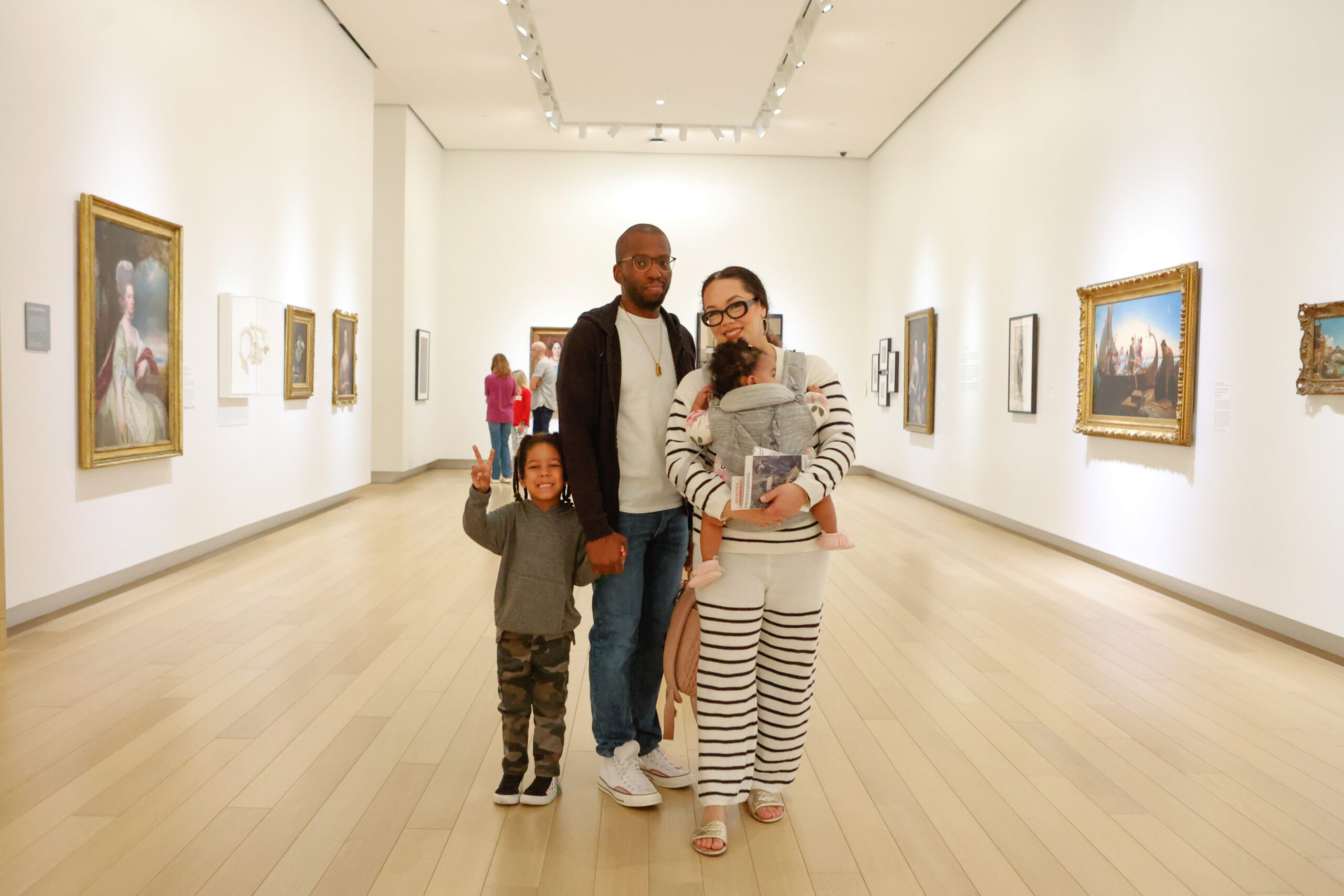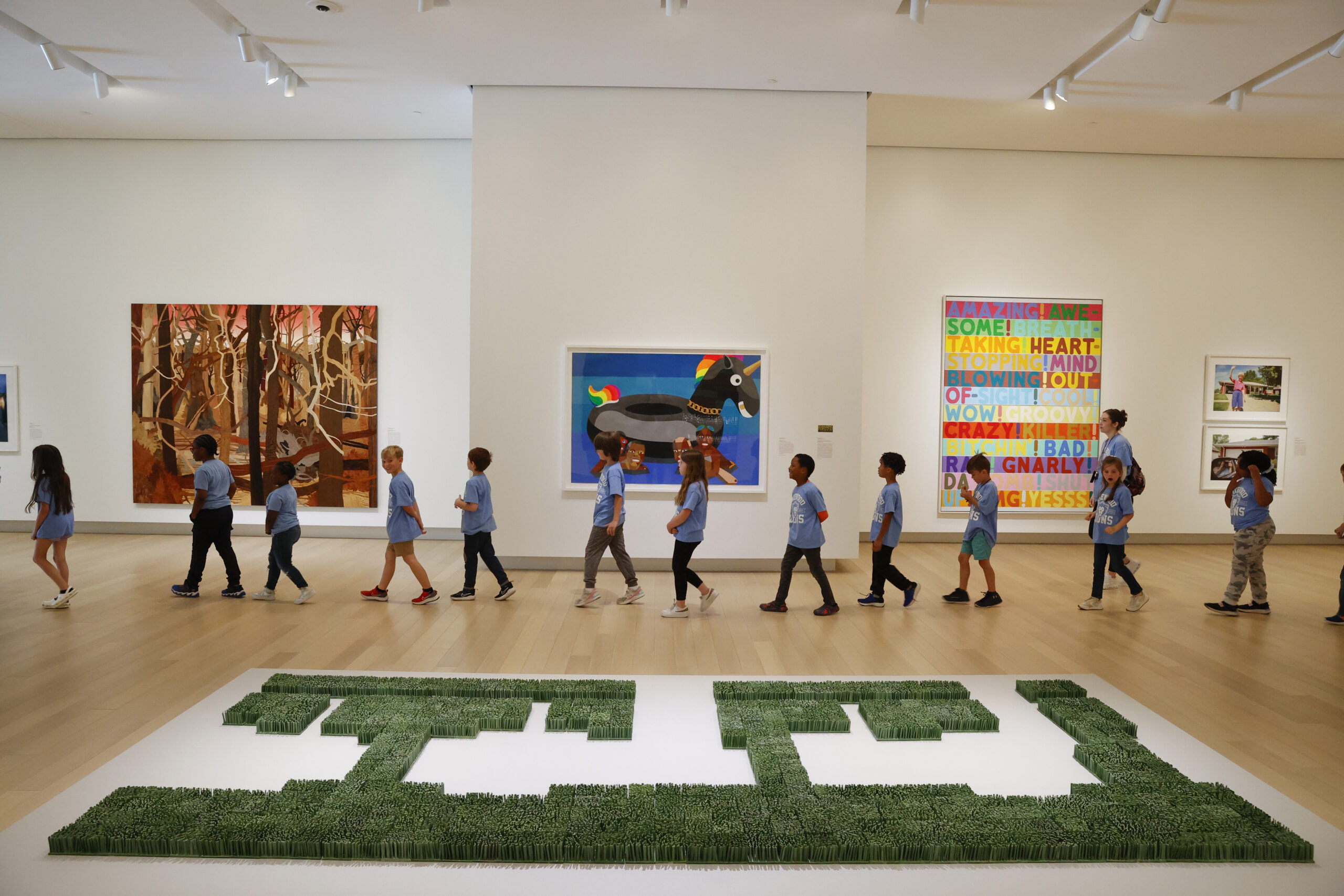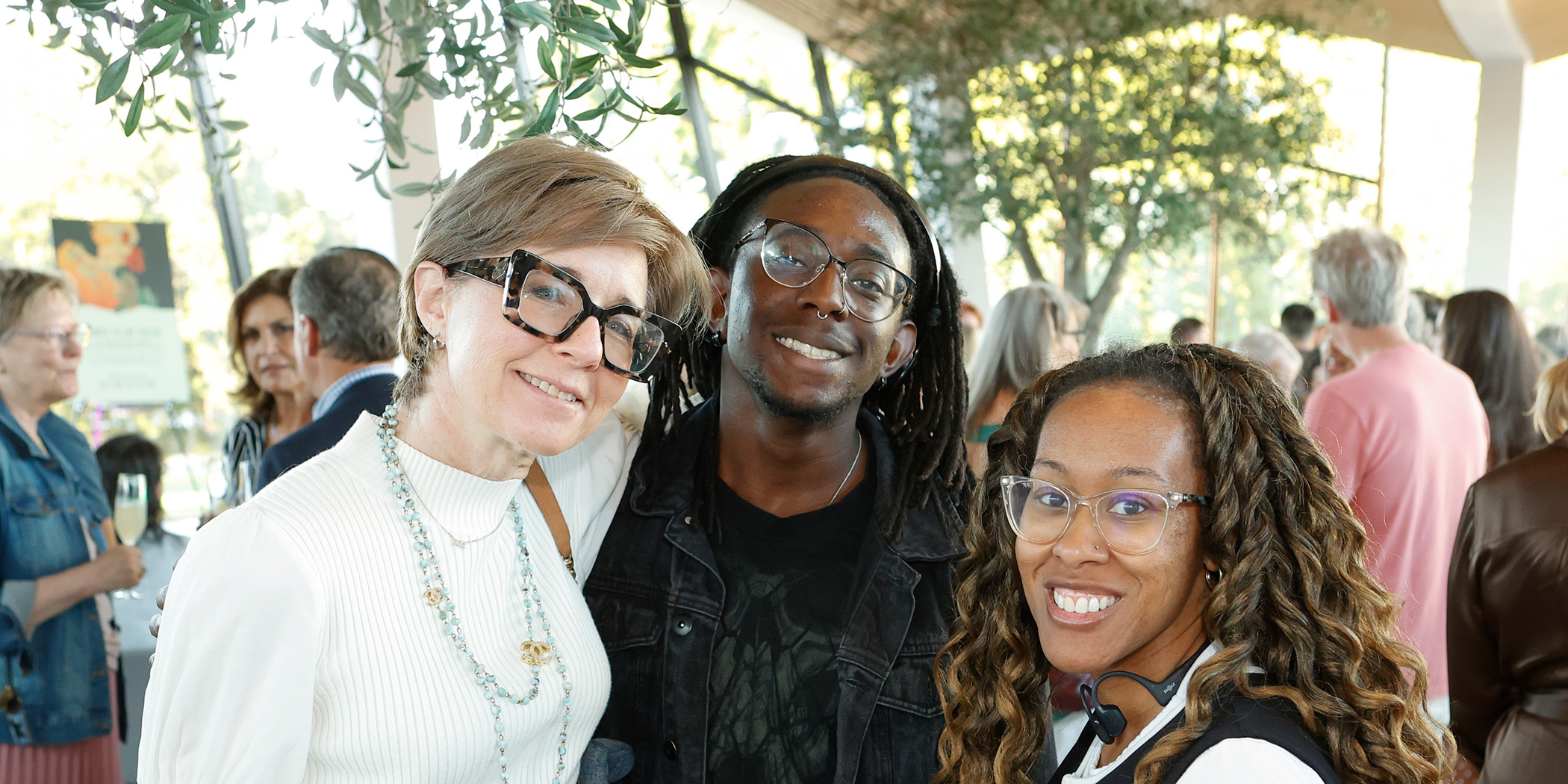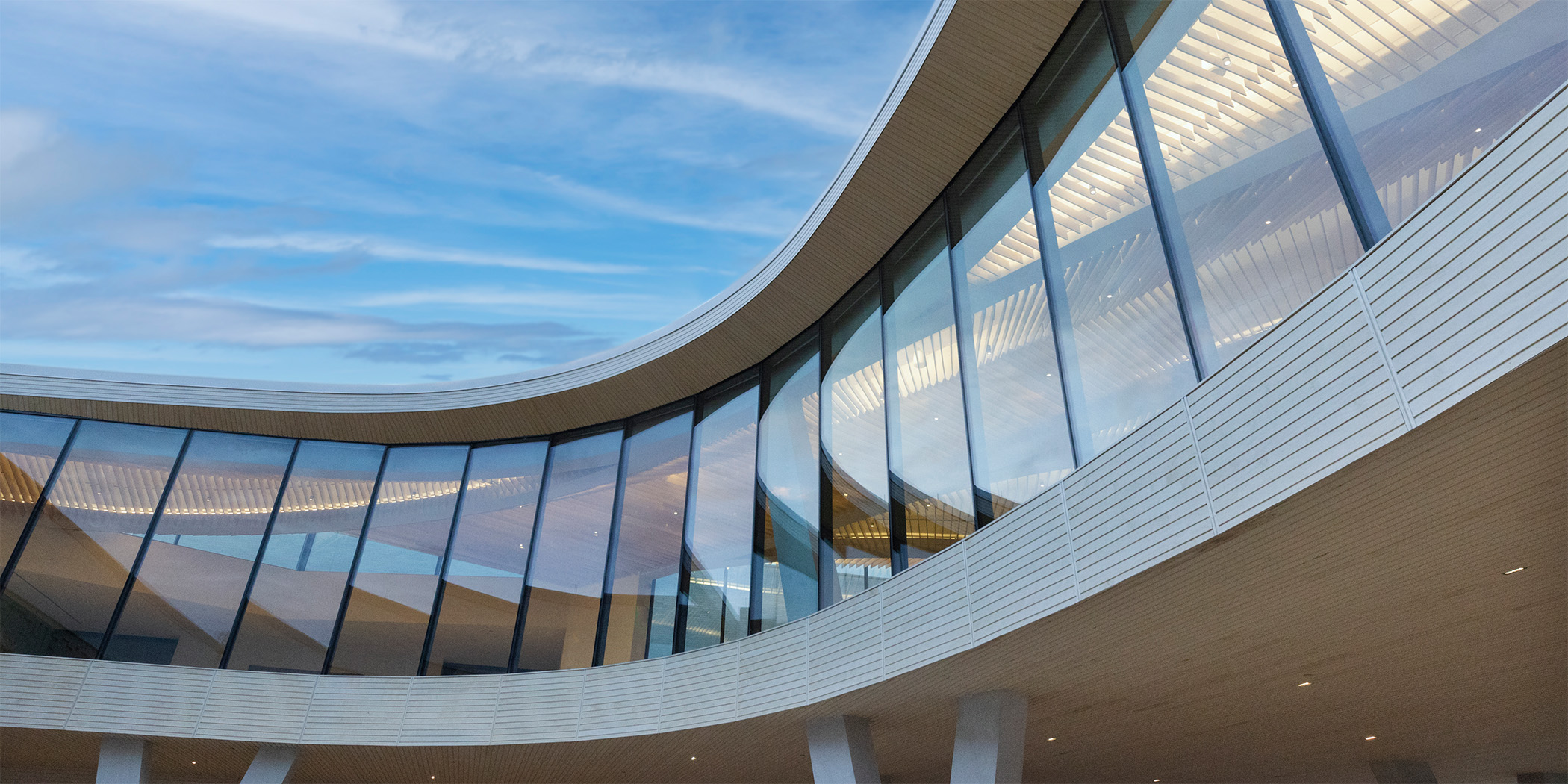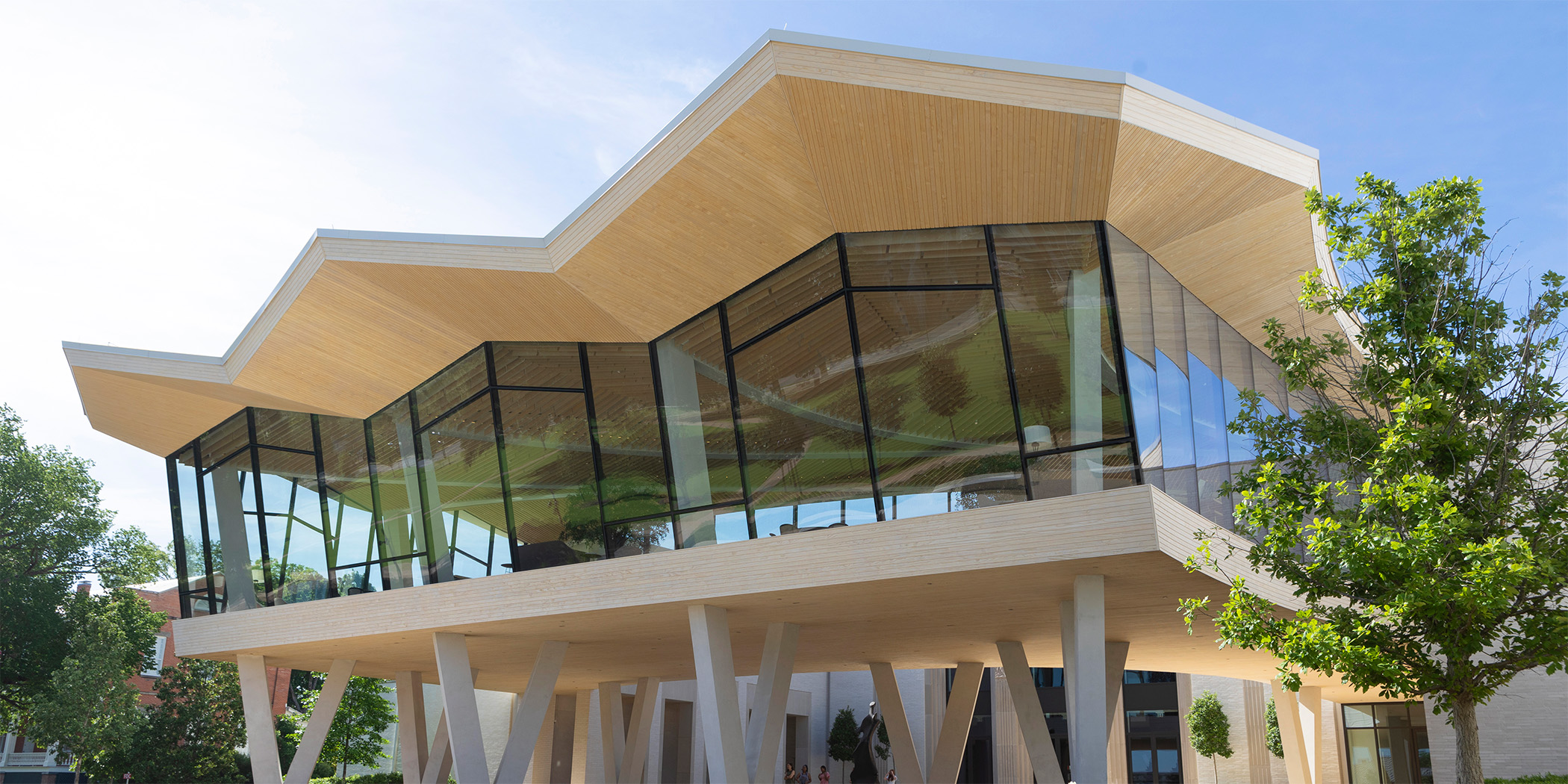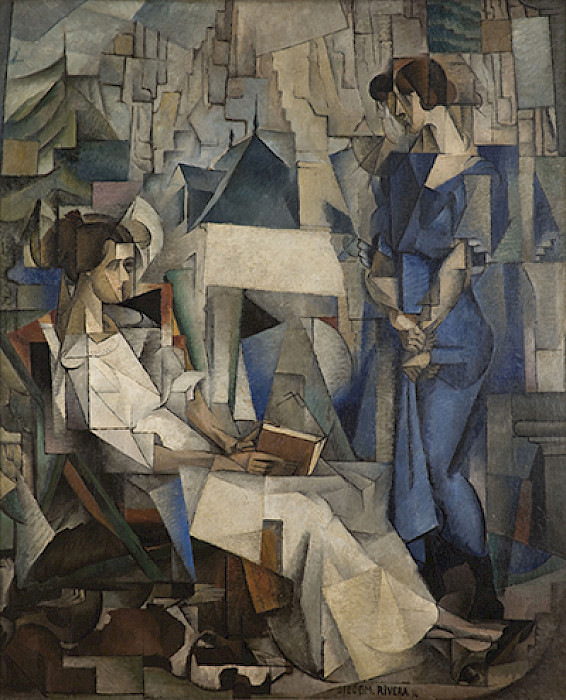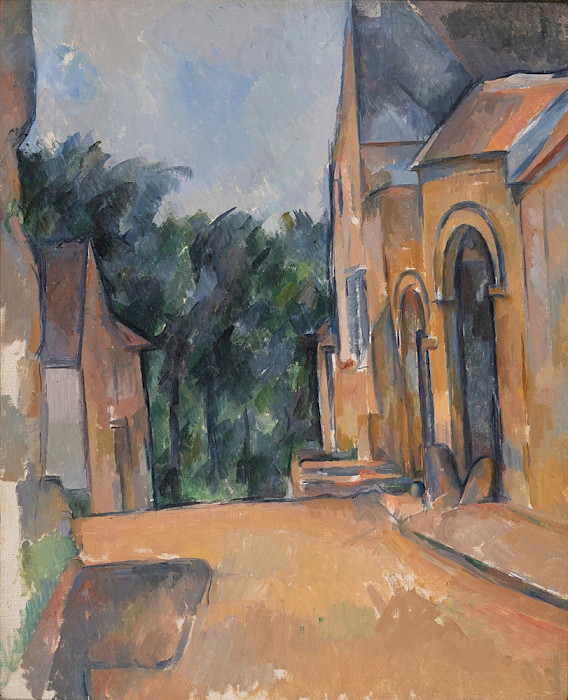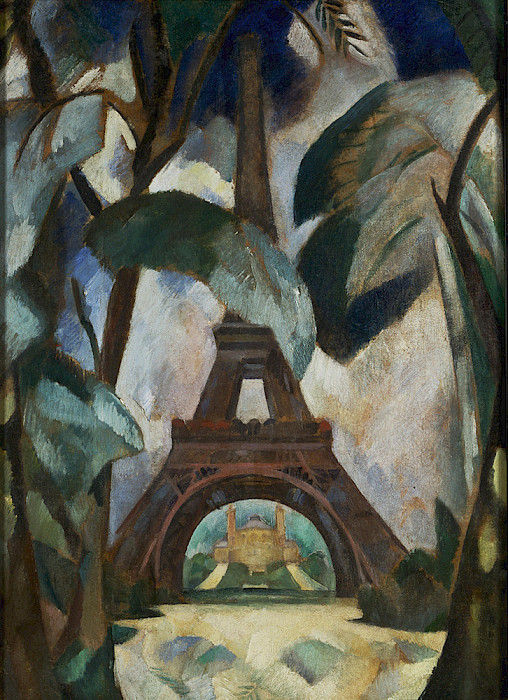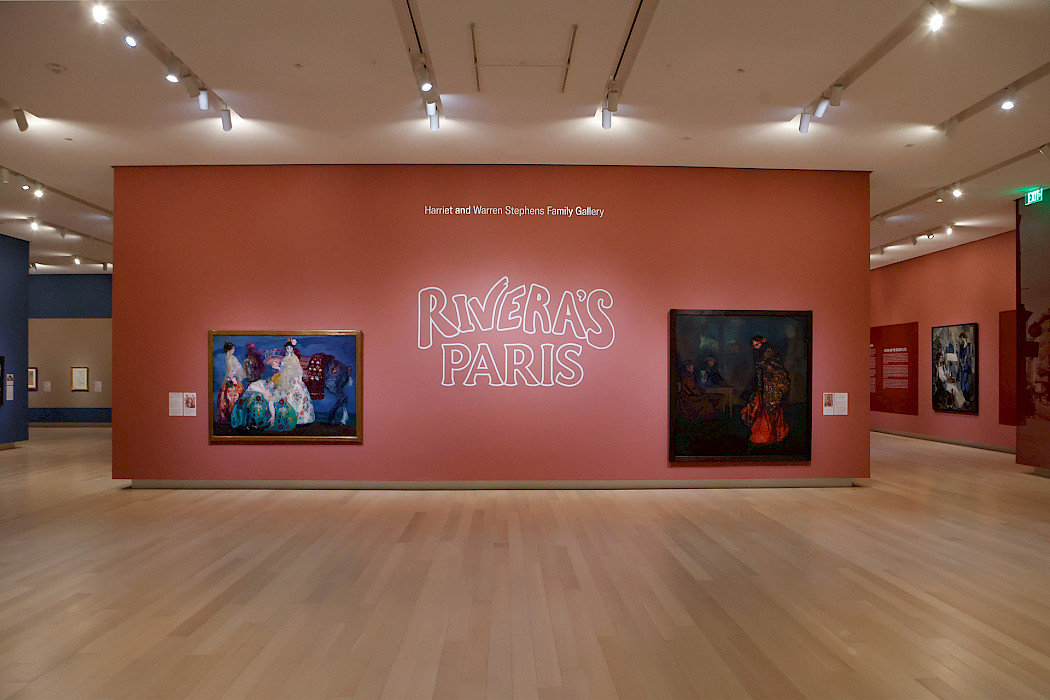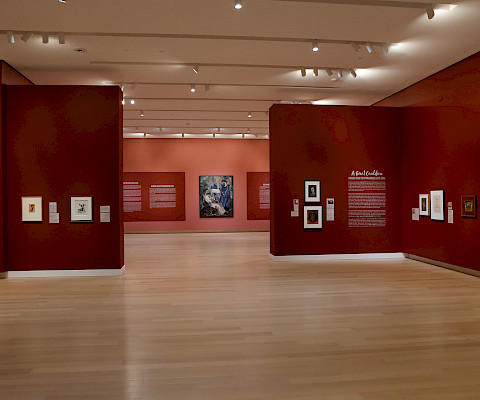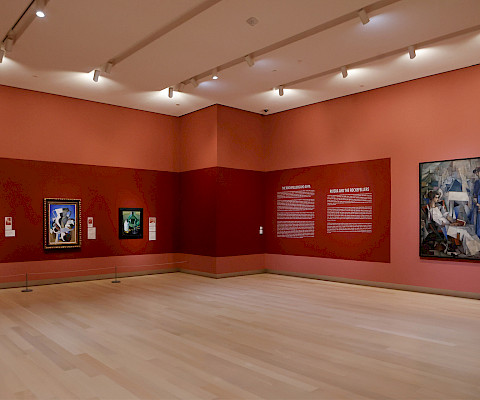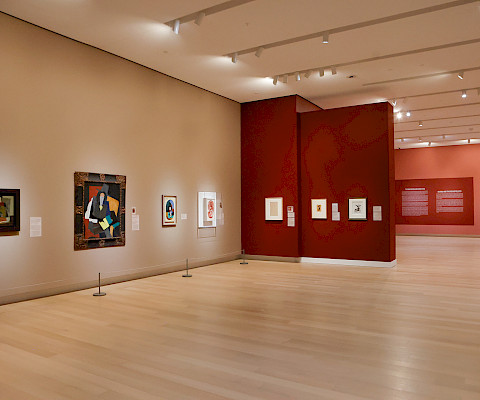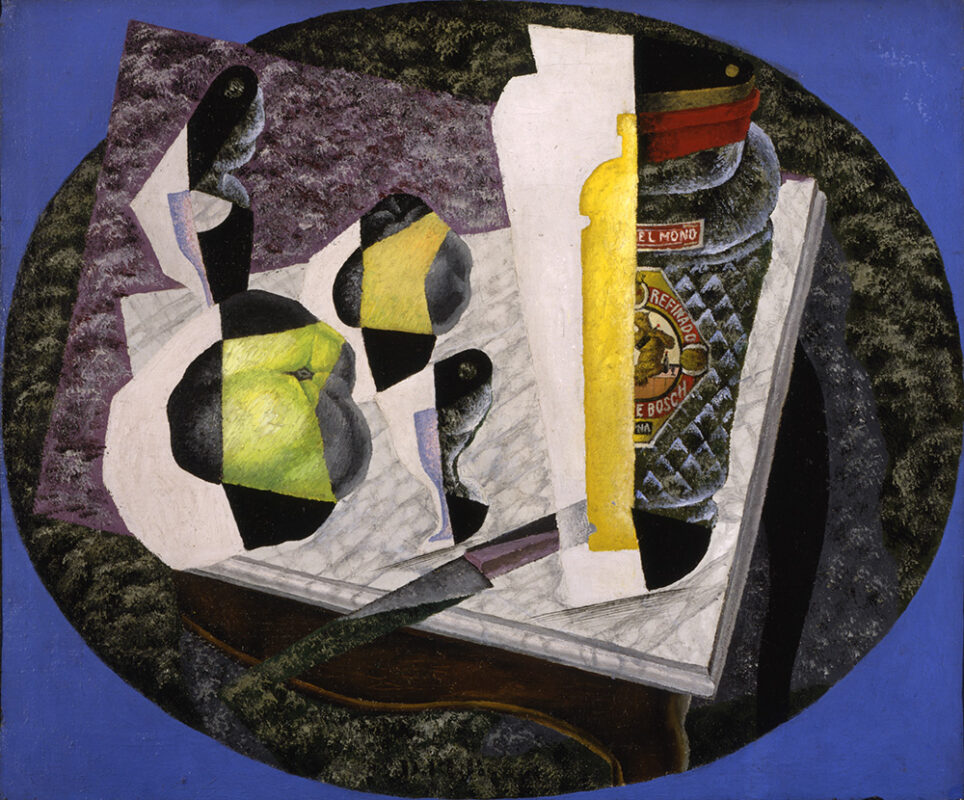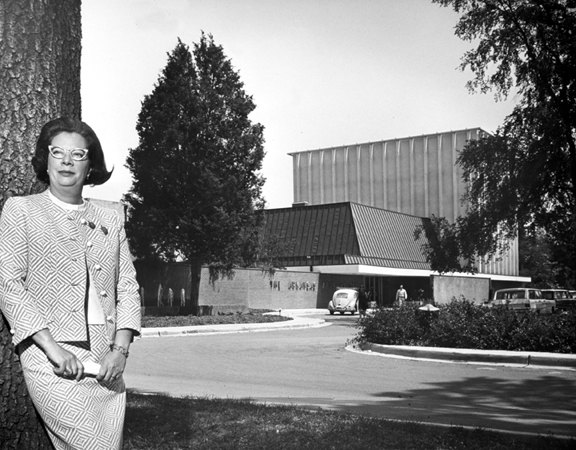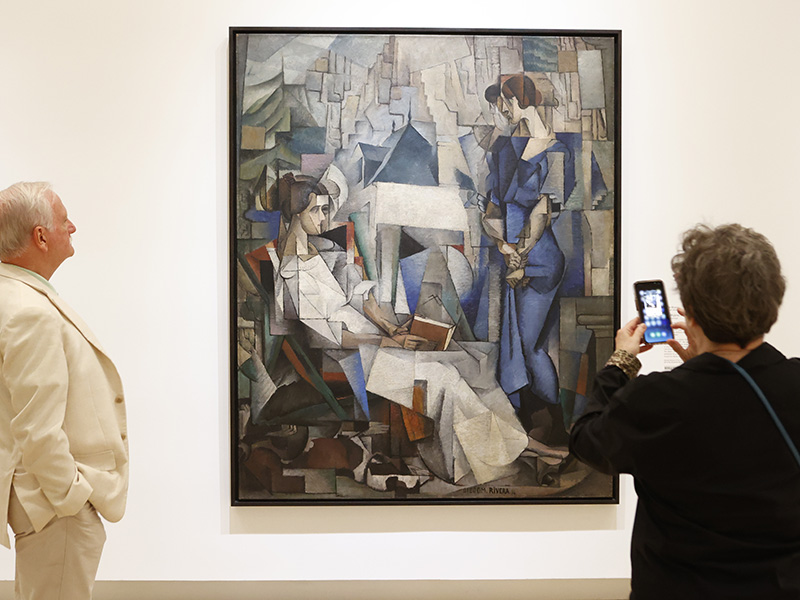
Rivera’s Paris
Rivera’s Paris is an exploration of the artist’s years spent in Europe from 1907 to 1921, where Diego Rivera formed his ideas about art and the world that ultimately would propel him to become the most influential Mexican painter in the 20th century. The exhibition will be groundbreaking —uniting paintings, drawings, and photographs for the first thorough examination of the years surrounding the creation of AMFA’s masterpiece by Diego Rivera—Dos Mujeres (1914).
This exhibition offers a unique glimpse into Rivera’s world, revealing the profound influence of the artists he encountered in Spain and France and his vibrant life in Paris, the art capital of the world. Rivera’s Paris offers deeper insight into Rivera’s artistic evolution and explores his distinctive approach to cubism while examining the work of his contemporaries.
Dos Mujeres was gifted in 1955 to the Museum by Abby Rockefeller Mauzé, daughter of John D. Rockefeller, Jr., and sister to future Governor Winthrop Rockefeller. The painting was also the first artwork donated to the Museum by a member of the Rockefeller family, which prompted subsequent donations by David Rockefeller, Laurance S. Rockefeller, Winthrop and Jeannette Rockefeller, and collateral descendants.
Dos Mujeres is a double portrait of Rivera’s common-law wife, Angelina Beloff (standing), and their friend and fellow artist, Alma Dolores Bastián (nicknamed Moucha, seated), who together with her husband lived in the same building as Beloff and Rivera at 26, Rue du Départ. Rivera painted Dos Mujeres in 1914 in his apartment-studio, from which “one looked out on the vast sea of rooftops—with their squared and angular rhythm of waves—of nearby warehouses and workshops; the panes would rumble—the rumble of trains—from the Gare Montparnasse.”
Rivera’s most important Cubist painting—and one of his largest—Dos Mujeres was first exhibited in 1914 at the Société des Artistes Indépendants. There, it received extensive coverage in the press, hailing Rivera as the “Champion of Cubism.”
AMFA has secured several key loans representing the full evolution of Rivera’s years in Europe, including an early landscape (National Gallery of Art, Washington, D.C.); a Cubist portrait (Meadows Museum, SMU, Dallas); and several later drawings when Rivera returned to naturalism, as evidenced in his tender portrait of his wife, Angelina Beloff (1917, Museum of Modern Art, New York), who is one of the subjects depicted in Dos Mujeres.
Additionally, major examples by artists who influenced Rivera: Darío de Regoyos y Valdés, whom Rivera praised as being “a marvelous colorist” (Meadows Museum, SMU, Dallas); a monumental painting by Hermenegildo Anglada Camarasa (The Hispanic Museum and Library, New York); Jean Metzinger, a vibrant portrait of the artist by Robert Delaunay (Museum of Fine Arts, Houston); and two works by Jacques Lipchitz (National Gallery of Art, Washington, D.C.) —who traveled to Spain with Rivera in 1914 to escape the war and later credited him with his own explorations in Cubism.
AMFA has secured loans from twelve American museums and several private collections.
Featured Content
Programs & Events
Sponsors
Rivera’s Paris is supported in part by the Arkansas Museum of Fine Arts Foundation with additional support from the Robert Lehman Foundation.
This exhibition is organized by the Arkansas Museum of Fine Arts.




